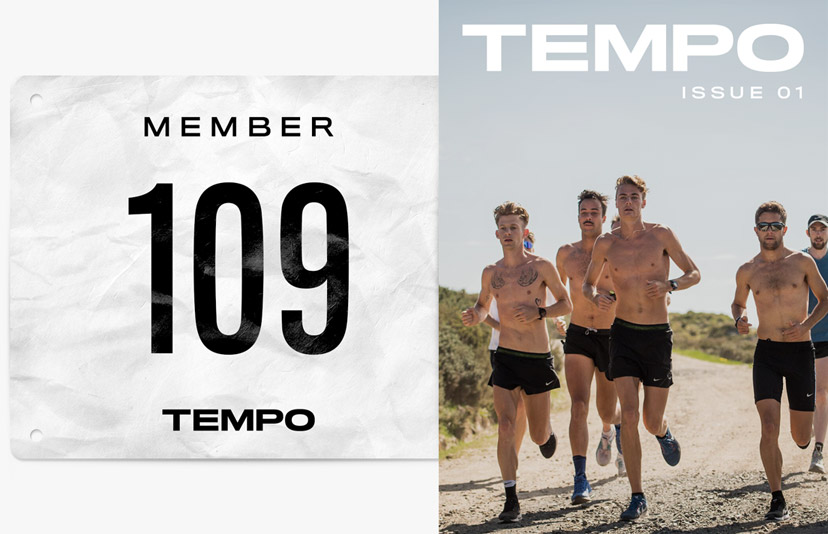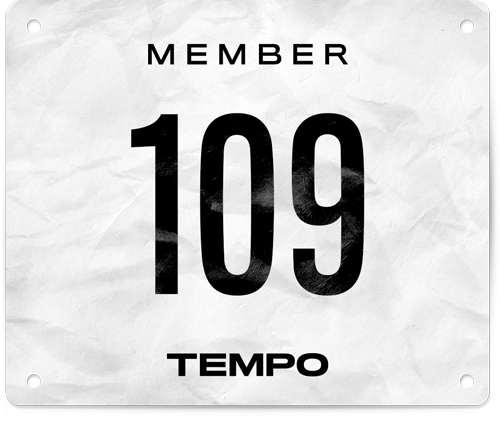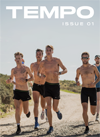Performance
Tomboy
Catriona Bisset explores gender and femininity in athletics
A simple haircut took me down a rabbit hole of uncomfortable yet empowering ideas about the rigid boundaries of femininity and sexuality in our sport.
Athletes are performers. Beyond physical spectacle, we unavoidably perform different identities in the way we express ourselves. Last year, as I won races and set records, photos and videos of me circulated through the media. In a sense, not having seen myself from the outside like that before, I met myself at the same time as everyone else. But what was this biracial short-haired tomboy trying to say?
Hair doesn’t seem like a big deal, but I found that cutting my hair short triggered questions about who I am, especially my sexuality, within the athletics community. These questions weren’t directed to me but to people in my circle, perhaps from fear of offense — so they felt like grist for the rumor mill rather than genuine understanding and connection.
Others make assumptions without asking at all. Once, I was described as a “power dyke” online (a great compliment in my opinion). I’ve also been confronted and misgendered in public bathrooms. While I haven’t feared for my personal safety, these experiences are nevertheless scary considering the history of violence endured by the LGBTQIA+ community.
My event (the women’s 800 metres) is particularly rich in gender politics in large part because of the controversy surrounding the participation rights of athletes with naturally high testosterone. For example, every online race video of Caster Semenya that I’ve seen is accompanied by abusive comments and the particularly harmful (and false) allegation that she is a “man”. My comparatively vanilla experiences give me great empathy for women like Semenya, who have experienced scrutiny of their bodies to an extent that none of us should ever have to endure.
"Hair doesn’t seem like a big deal, but I found that cutting my hair short triggered questions about who I am, especially my sexuality, within the athletics community."
Catriona Bisset
For a while, a part of me considered the way I looked a rebuke of the stereotypical Australian female middle and long distance runner: thin, white, feminine expressing, high-ponytail wearing. I could never look like that, so it was easy to define myself by and valorize its seeming opposite. Later, I saw the dilemma in that way of thinking. Could I reject the majority and still think of myself as someone who supports and respects all women, my competitors included? Or by holding the masculine above the “girly”, was I devaluing feminine self-expression?
These reflections describe how I, and many female athletes, feel pulled in different directions. On one hand, there’s society’s expectation (and our own, thanks to our good friend internalised misogyny) that women appear feminine. We often struggle to reconcile this with the competitive, masculinized world of sport. Women in athletics walk tightropes: the need to be strong and sexy — that is, muscular but never “manly” — and aggressive on the track yet demure in person. Oh, and of course, straight.
Fellow women of color in our sport show me that another way is possible. An incredible article by Dina Asher-Smith highlights how expressions of femininity can be a source of power and individuality. Athletes throughout history, especially female BIPOC, have used their personal appearance as a form of self-expression. Nails, hair, eye shadow, leotards and body-suits can be political and powerful, or just a fun way to get in the zone for a race.
On a smaller scale, self-expression tells the story of an athlete’s self-exploration. When you search my name, images from the 2019 National Championships are the first to appear, a competition where I’d happened to get a fade the week prior. My hair and my look will change as I evolve as an athlete, but the person I became in 2019, who broke the Australian record, will always in some way be defined by that haircut.
For now, I see my appearance less about a message that I’m trying to send, and more about my increasing confidence to experiment and be vulnerable. In doing so, I’m better able to explore my own identity. It turns out that I feel the most free, self-confident and sexy — the most myself — when I’m having fun with how I look.


